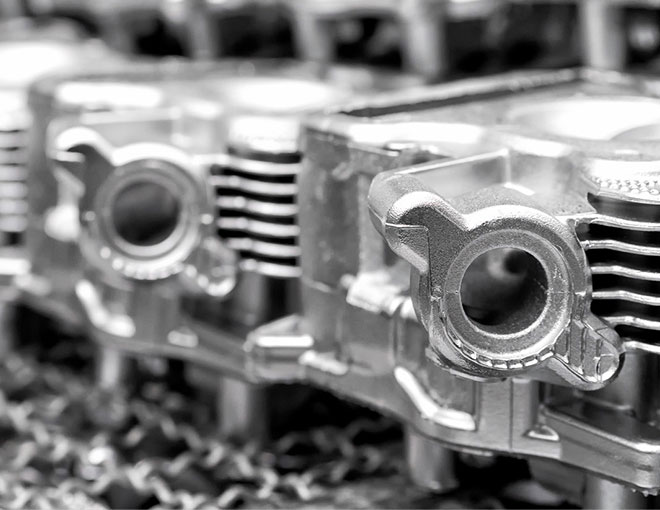Zinc casting, also known as zinc die casting, is a versatile and widely utilized manufacturing process that has revolutionized the production of various components and products across different industries. This method involves melting zinc alloys and injecting the molten metal into intricate molds to create complex shapes with precision and consistency. The resultant zinc castings offer an array of benefits, making them an attractive choice for manufacturers seeking cost-effective, durable, and high-quality solutions.
The Composition and Properties of Zinc Alloys: Zinc alloys are a combination of zinc and other elements, such as aluminum, copper, magnesium, and tin. This blending enhances the mechanical properties of the metal and results in various types of zinc alloys tailored to specific applications. One of the most common zinc alloys used in casting is Zamak, which contains zinc, aluminum, magnesium, and copper. Zamak alloys are valued for their excellent dimensional stability, high strength, and good corrosion resistance.
The Zinc Casting Process: The zinc casting process begins with the preparation of the mold, which is typically made from steel or other heat-resistant materials. The mold is then coated with a release agent to prevent the molten zinc from sticking to its surfaces. Next, the zinc alloy is melted in a furnace, reaching temperatures around 400 to 420°C (750 to 790°F).
Once the desired temperature is reached, the molten metal is injected into the mold at high pressure using a hydraulic machine. This pressure ensures that the molten zinc fills the mold cavities completely and accurately replicates the intricate design. After the metal cools and solidifies, the mold is opened, and the newly formed zinc casting is removed, ready for finishing touches and further processing.
Versatility Across Industries: Zinc casting’s versatility and cost-effectiveness make it a preferred choice in various industries. The automotive sector extensively uses Zinc Die Casting for manufacturing components like carburetor housings, transmission cases, and door handles. Due to the metal’s excellent electrical conductivity, the electronic industry benefits from zinc castings for producing connectors, sockets, and other small parts.
In addition, the construction industry finds zinc casting valuable for crafting locks, handles, and decorative fixtures. The medical sector also utilizes zinc castings in equipment manufacturing, where corrosion resistance and durability are paramount.

Advantages of Zinc Casting: The widespread adoption of zinc casting can be attributed to its remarkable advantages. Firstly, zinc alloys have a low melting point, allowing for energy-efficient and fast production. Secondly, the process enables the creation of intricate designs and complex shapes, offering design freedom to product designers and engineers. Moreover, zinc castings possess exceptional mechanical properties, making them durable and reliable.
Furthermore, zinc alloys exhibit excellent finishing characteristics, including plating, painting, and chromate, which enhances their aesthetic appeal and protects against corrosion. Lastly, zinc is a readily available and cost-effective material, reducing production costs and making zinc casting an economically viable solution.
Conclusion: Zinc casting has undoubtedly left an indelible mark on the manufacturing landscape, playing a vital role in diverse industries. With its versatility, exceptional properties, and cost-effectiveness, zinc alloys continue to shape the production of countless products, meeting the demands of modern design and engineering challenges. As technology advances, we can expect zinc casting techniques to evolve, further pushing the boundaries of what can be achieved in the world of manufacturing.









